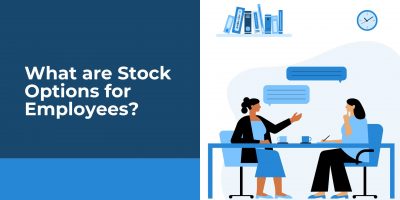
62 Life Insurance Statistics in 2024
Discover how integrating life insurance into your financial planning can provide you and your loved ones protection and long-term security.

As the current workforce is rapidly aging, companies have to rethink and reevaluate their succession strategies. The cost of a bad hire at any level of the company is an issue. A bad hire for a CEO or other leadership position can have a major detrimental impact on a company.



Different software and services can help companies with their succession planning needs. Companies can see the top Succession Planning Solutions on the Shortlister platform.
Browse our curated list of vendors to find the best solution for your needs.
Subscribe to our newsletter for the latest trends, expert tips, and workplace insights!

Discover how integrating life insurance into your financial planning can provide you and your loved ones protection and long-term security.

Beyond bad credit scores, identity theft’s financial and emotional damages spill into the workplace. Looking for solutions, employers turn to insurance policies. But is identity theft insurance worth it?

Understanding the pros and cons of using 401(k) as a first-time home buyer is crucial. Should using the 401(k) as a first-time home
buyer be considered as a last resort?

Could stock options be the decision that transforms your career into a life-changing investment opportunity?
Used by most of the top employee benefits consultants in the US, Shortlister is where you can find, research and select HR and benefits vendors for your clients.
Shortlister helps you reach your ideal prospects. Claim your free account to control your message and receive employer, consultant and health plan leads.